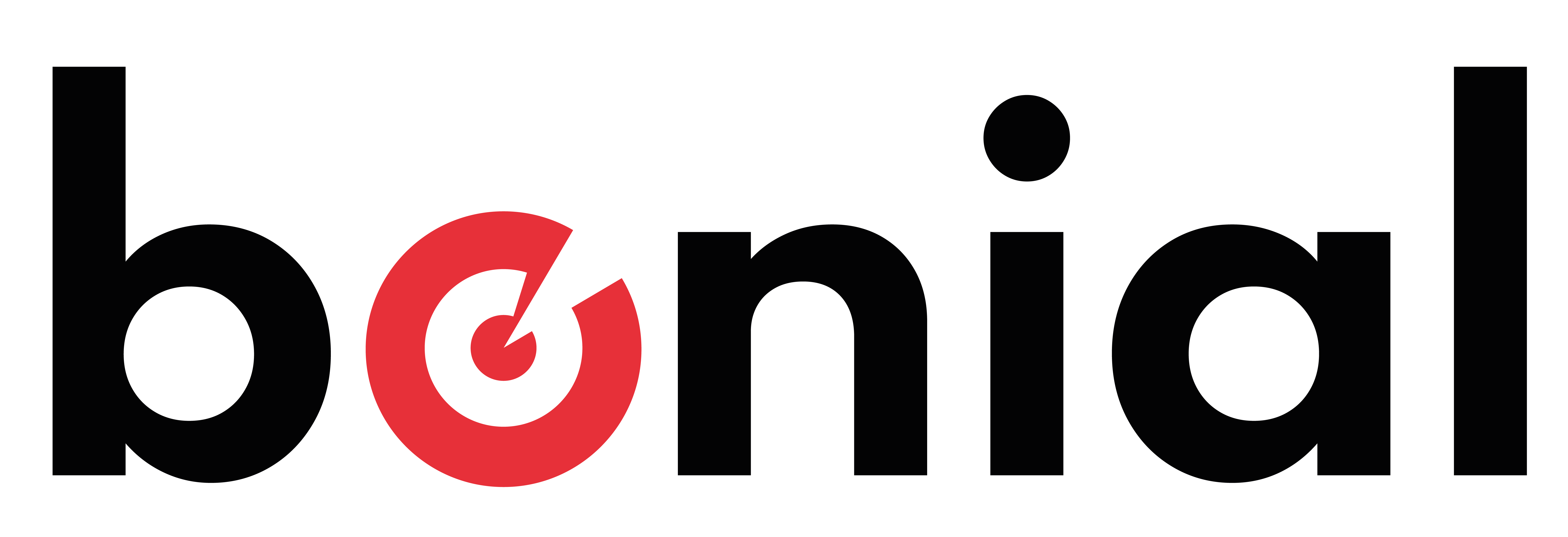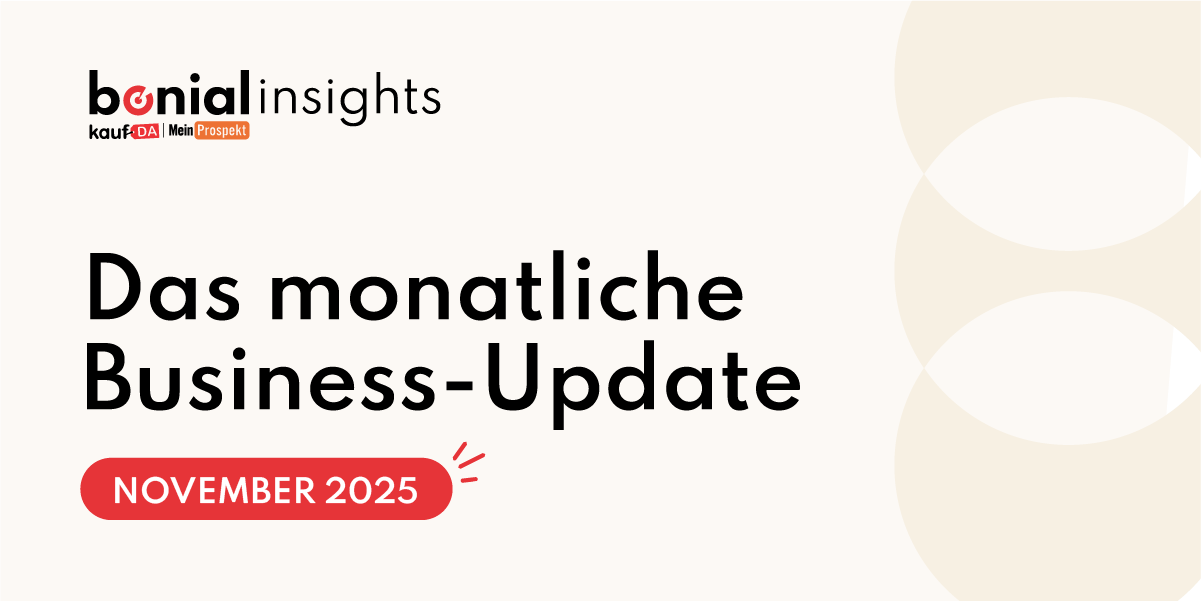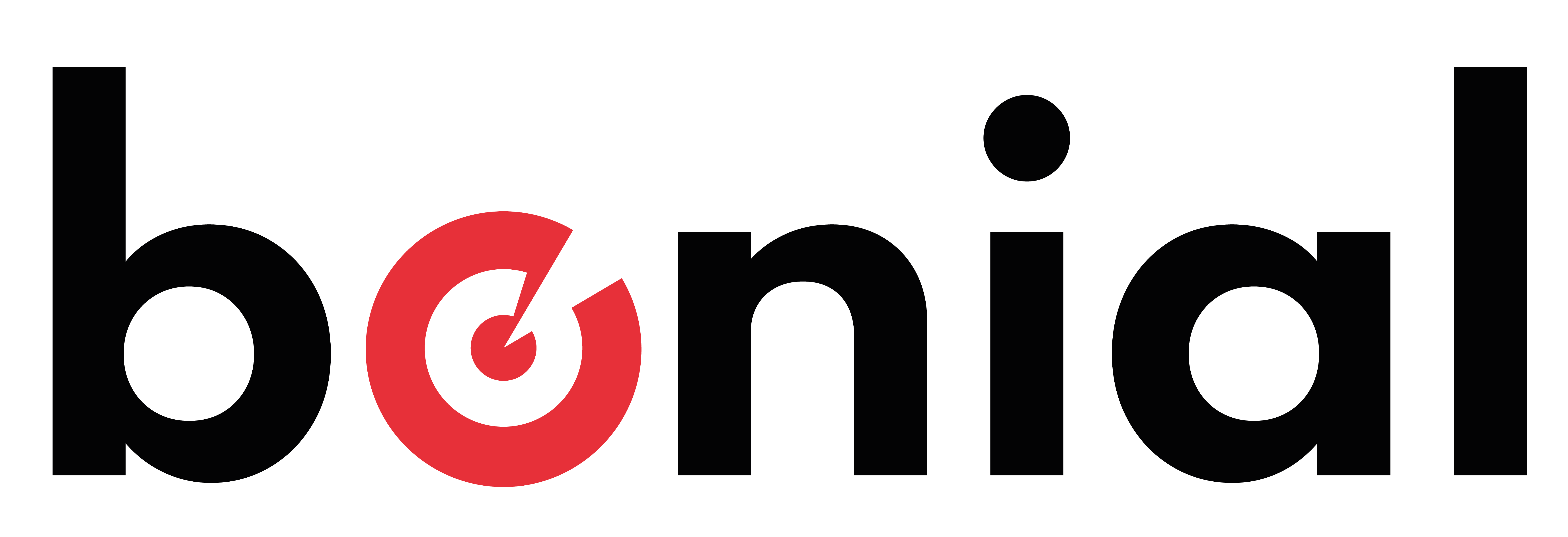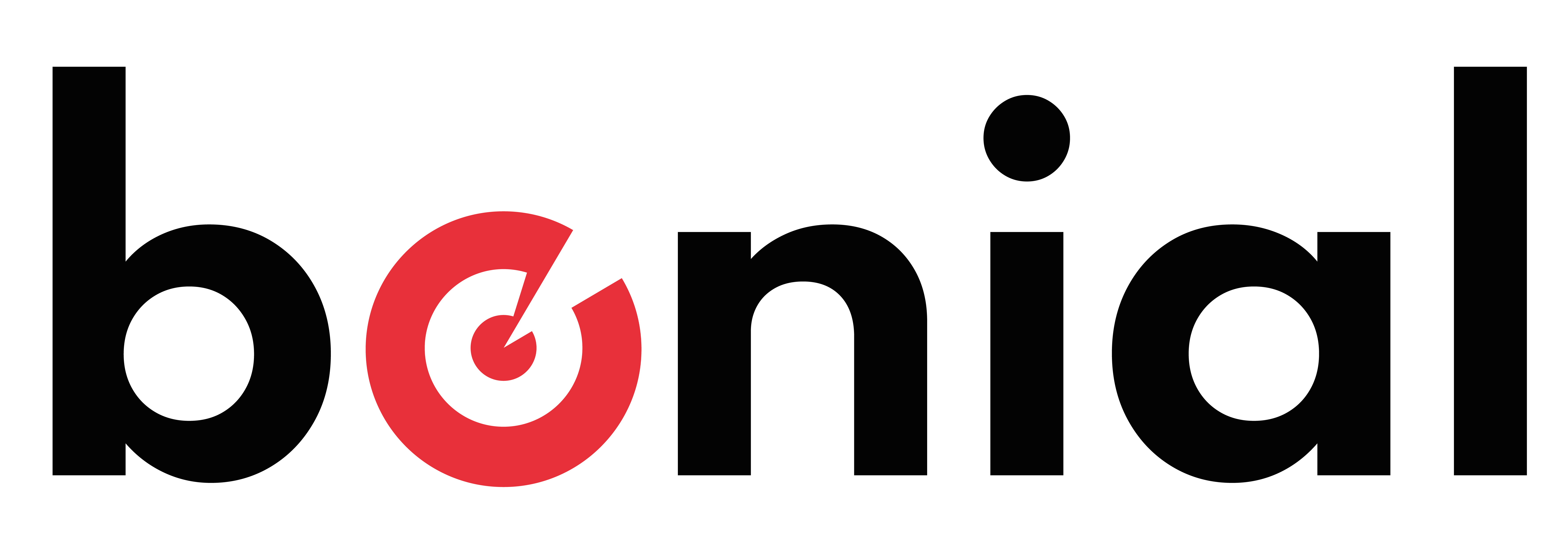Steffi leads a team of four data analysts and two data scientists within the IT department at Bonial. As one can imagine, her days are never the same in this dynamic field. She’s generously taken a moment to share a snapshot of her story with us.
How long have you been at Bonial, and what was the path to your current position as Team Lead of Data Science & Analytics?
Before starting at Bonial, I worked at various startups and companies in Jakarta and later in Berlin as a technical consultant, developer, and analyst. I have been working at Bonial for almost three years now, and before becoming a team lead, I was employed as a BI architect. As a business intelligence architect, I worked in collaboration with data analysts and data engineers to answer business questions with data. My stakeholders were online marketing teams and product owners. At that time, the data team was smaller in size and was about to grow into a bigger group. I was the only woman in an entire team of 10 people back then. The natural path for a team is to have sub-teams. Therefore, our head of data created two teams, a data engineering team and a data analytics team. The team members were involved in the decision. They agreed to allow me to take up the challenge as a team lead after having a few months of a trial period. I learned a lot from everyone, my team, other colleagues, and my manager. I joined leadership and agile training. As a result, the team was happy to keep me as their leader, and here I am now.
That’s quite the journey! Can you explain how your average day at work looks?
Each day is never the same; there is always something new. But if I had to sum it up, I would say it’s sync, coaching, analysis – repeat. I begin my day by checking on my schedule and choose three top priorities for the day. The daily morning stand up with the team helps me assess whether the priorities make sense and whether my team requires my support on certain topics. I then continue with meetings, either with stakeholders, or one-on-one with team members, or sync with other team leads or analysts. Afterward, I take time to focus on my analytics project. To be more detailed, some of the things I do are: defining tracking specifications, checking data quality, analyzing the impact of certain development changes, data cleaning, creating (coding) data pipelines, reviewing pull requests, etc. When I need a break, I watch youtube videos, listen to podcasts, or simply get some fresh air. The day ends pretty late for me. Usually, I end it with reading or participating in online courses, basically trying to learn something new.
What’s the most memorable project you’ve worked on since you’ve been with Bonial?
It’s RFM, which stands for Recency Frequency and Monetary value. It is a method to analyze customer value. It is memorable because it was my first big project at Bonial, and I also worked with fun people on that project. It is of particular significance because it can be used by many people, mainly online marketing and product departments.
How did you end up in this field, what did you study – was it an easy decision for you?
Luckily it was quite an easy decision for me. Since I was a child, I’ve enjoyed mathematics; I even participated in some science competitions while I was just a student. When I chose my bachelor program, I knew that I wanted to be close to applied mathematics, so I studied computer science. After working as an IT consultant, I discovered that I enjoy working in the tech world, and of course, I love working with numbers. Naturally, I decided to focus on the analytics field to bridge the business, data, and tech worlds. I pursued a master degree in IT for Business Intelligence (IT4BI) where I was introduced to data engineering and data science areas.
What advice would you give to anyone else who’s considering working in data science? I guess enjoying maths is a requirement…
Yes, you should not be afraid of numbers. Numbers are your friend. It’s also a mindset that you must remember to use data when answering questions. Another thing is to be eager to learn new things every day. The tech world is constantly changing. Data science is the same; don’t let yourself get left behind.
Thanks for your time Steffi! One last question, what’s the most exciting aspect of your job?
As an analyst, it’s always exciting to see how numbers can help you quantify a product’s quality and how users perceive it. It’s also exciting to see users’ behaviors towards our product. In my leadership role, it’s exciting to see how people grow. As a leader, I help people solve their problems or challenges. Once they overcome the challenge, they know how to move forward. They also teach me a thing or two about other topics I never work with. That way we can do more things (solve more problems) together as a team.
Author

This article was written by Sophie Dimitriou, a Graphic Designer at Bonial.







